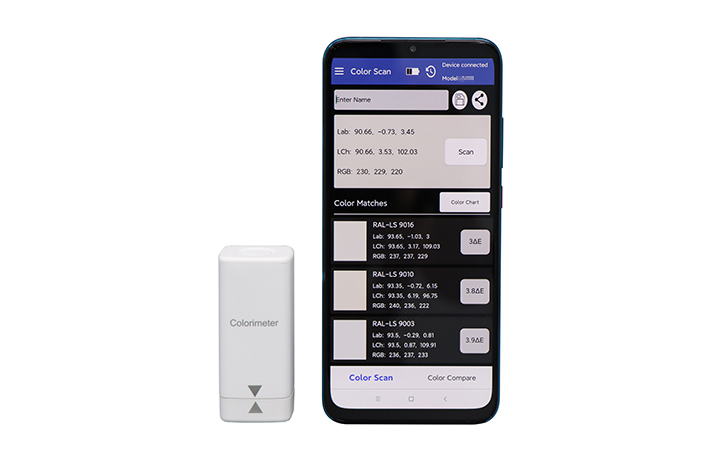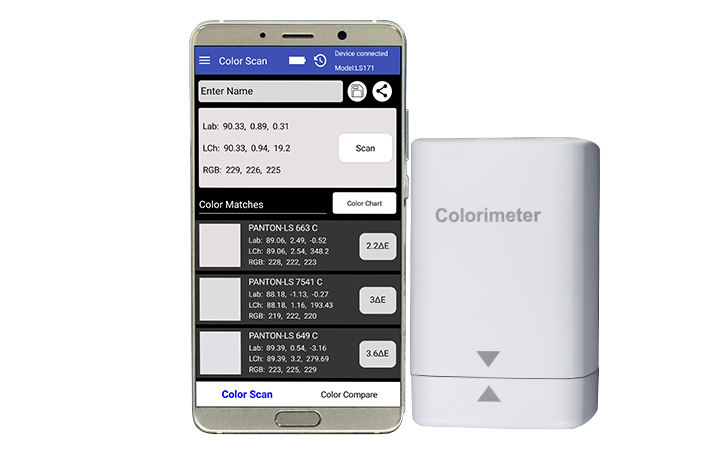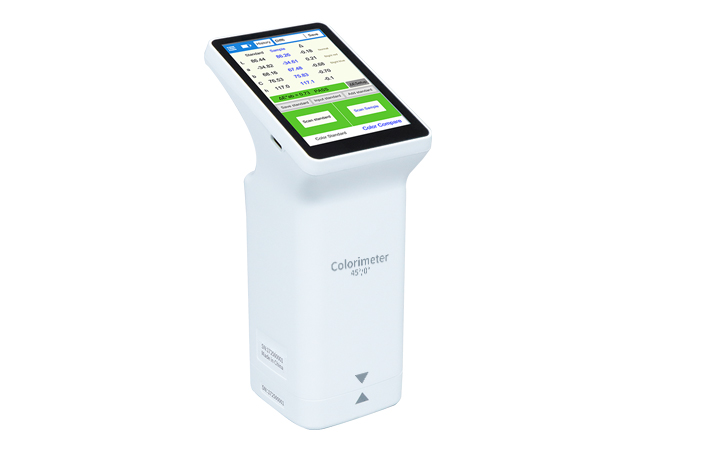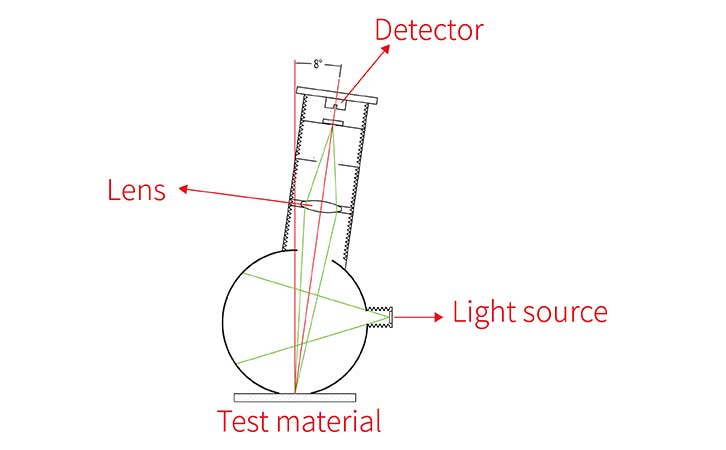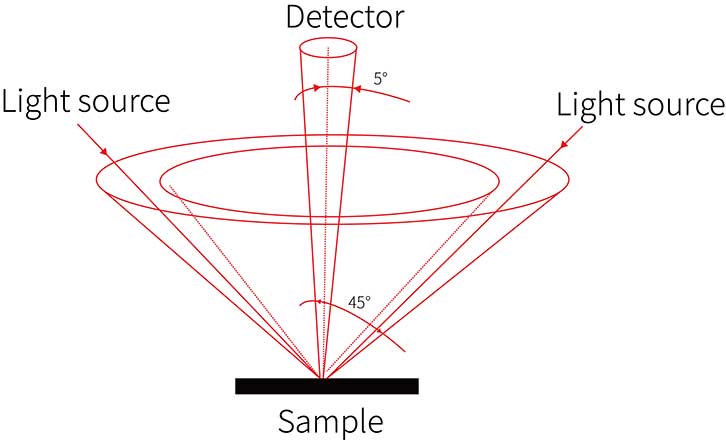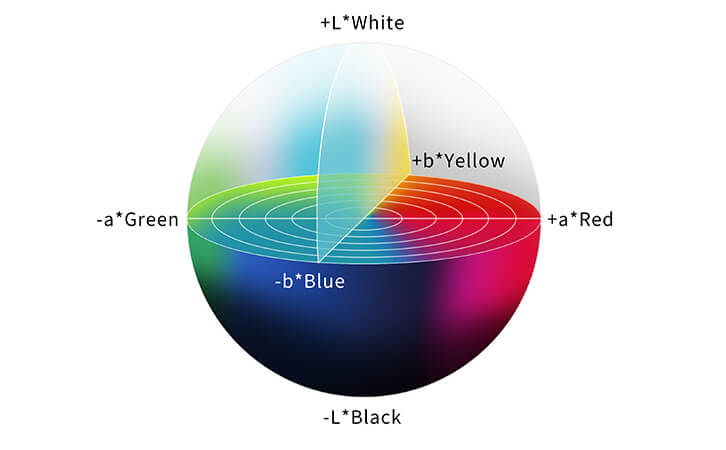The colorimeters are widely used for the color measurement and color comparison in hardware, printing, paper, leather, plastics, coatings, inks and other fields. Lshtec color meter can measure color in 7 color spaces such as CIE Lab, Luv, LCh, Yxy, CMYK, s-RGB, Hex and 6 color difference formulas which provide better color measurement accuracy. The color difference meter is very convenient to use with color quality control APP.
86170 45°/0 Colorimeter
Color quality control App.
Provide color measurement and color comparison.
Portable colorimeter with App.
No display.
86171 D/8° Colorimeter
Provide color measurement and color comparison.
OLED display with colorimeter App.
Establish personal color chart.
Portable colorimeter of simple operation.
86172 45/0 Colorimeter with Touch Screen
Touch screen control, no button setting required
Built-in multiple electronic color charts
Simple operation
Color difference comparison, QC testing
86173 D/8 Colorimeter with Touch Screen
3.5-inch IPS color capacitive touch screen
Color measurement and color comparison
QC mode, which is convenient and fast for batch detection
Good repeatability, standard deviation △E*ab≤0.03
